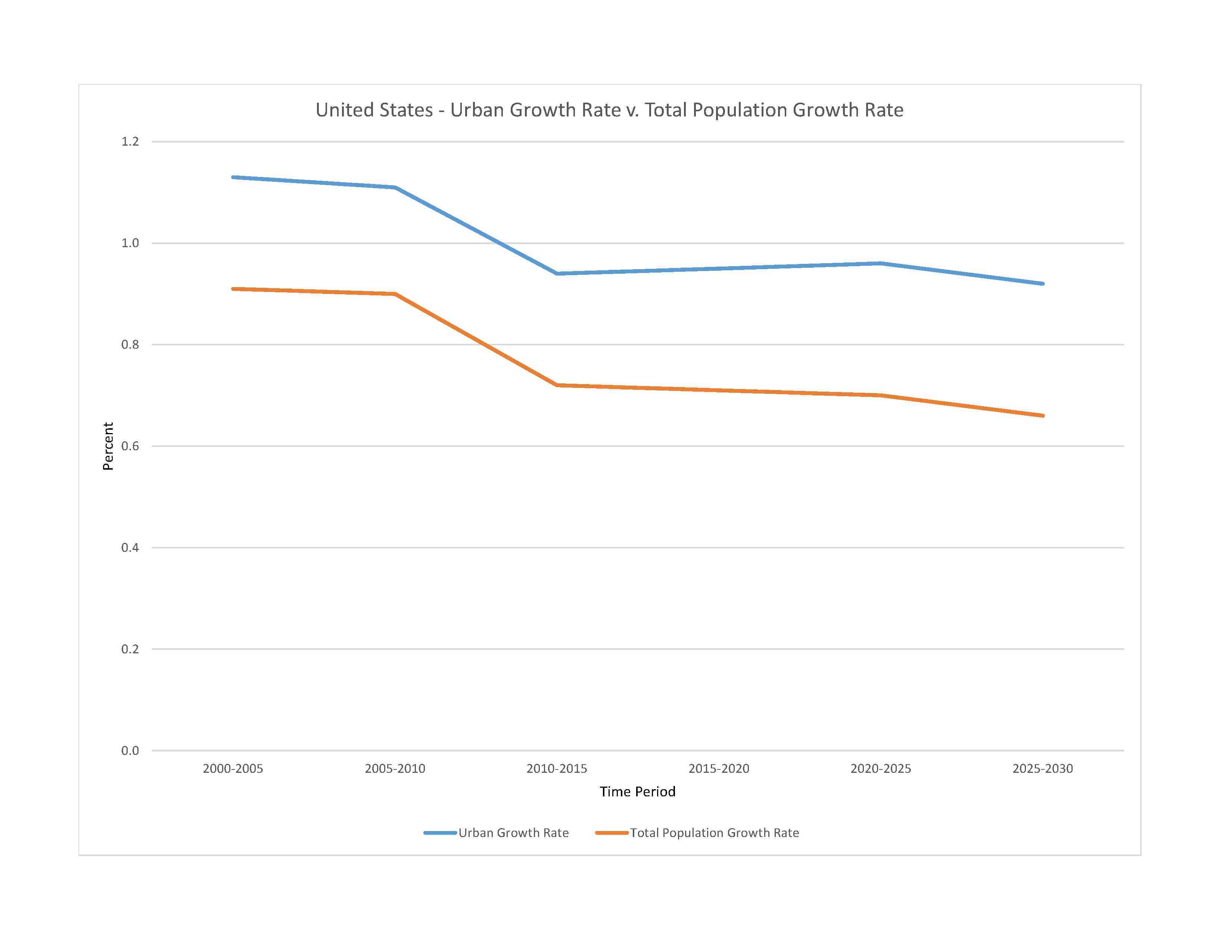
air pollution; large emitter of carbon dioxide from the burning of fossil fuels; water pollution from runoff of pesticides and fertilizers; declining natural freshwater resources in much of the western part of the country require careful management; deforestation; mining; desertification; species conservation; invasive species (the Hawaiian Islands are particularly vulnerable)
party to: Air Pollution, Air Pollution-Heavy Metals, Air Pollution-Multi-effect Protocol, Air Pollution-Nitrogen Oxides, Antarctic-Environmental Protection, Antarctic-Marine Living Resources, Antarctic Seals, Antarctic Treaty, Climate Change, Climate Change-Paris Agreement, Desertification, Endangered Species, Environmental Modification, Marine Dumping-London Convention, Marine Life Conservation, Nuclear Test Ban, Ozone Layer Protection, Ship Pollution, Tropical Timber 2006, Wetlands, Whaling
signed, but not ratified: Air Pollution-Persistent Organic Pollutants, Air Pollution-Volatile Organic Compounds, Biodiversity, Climate Change-Kyoto Protocol, Comprehensive Nuclear Test Ban, Hazardous Wastes, Marine Dumping-London Protocol
mostly temperate, but tropical in Hawaii and Florida, arctic in Alaska, semiarid in the great plains west of the Mississippi River, and arid in the Great Basin of the southwest; low winter temperatures in the northwest are ameliorated occasionally in January and February by warm chinook winds from the eastern slopes of the Rocky Mountains
note: many consider Denali, the highest peak in the US, to be the world’s coldest mountain because of its combination of high elevation and its subarctic location at 63 degrees north latitude; permanent snow and ice cover over 75 percent of the mountain, and enormous glaciers, up to 45 miles long and 3,700 feet thick, spider out from its base in every direction; it is home to some of the world’s coldest and most violent weather, where winds of over 150 miles per hour and temperatures of -93˚F have been recorded.
agricultural land: 44.5% (2018 est.)
arable land: 16.8% (2018 est.)
permanent crops: 0.3% (2018 est.)
permanent pasture: 27.4% (2018 est.)
forest: 33.3% (2018 est.)
other: 22.2% (2018 est.)
urban population: 83.3% of total population (2023)
rate of urbanization: 0.96% annual rate of change (2020-25 est.)

0.04% of GDP (2018 est.)
0.2% of GDP (2018 est.)
particulate matter emissions: 7.18 micrograms per cubic meter (2019 est.)
carbon dioxide emissions: 5,006.3 megatons (2016 est.)
methane emissions: 685.74 megatons (2020 est.)
municipal solid waste generated annually: 258 million tons (2015 est.)
municipal solid waste recycled annually: 89.268 million tons (2014 est.)
percent of municipal solid waste recycled: 34.6% (2014 est.)
fresh water lake(s): Michigan – 57,750 sq km; Superior* – 53,348 sq km; Huron* – 23,597 sq km; Erie* – 12,890 sq km; Ontario* – 9,220 sq km; Lake of the Woods – 4,350 sq km; Iliamna – 2,590 sq km; Okeechobee – 1,810 sq km; Belcharof – 1,190 sq km; Red – 1,170 sq km; Saint Clair – 1,113 sq km; Champlain – 1,100 sq km
note - Great Lakes* area shown as US waters
salt water lake(s): Great Salt – 4,360 sq km; Pontchartrain – 1,620 sq km; Selawik – 1,400 sq km; Salton Sea – 950 sq km
Missouri - 3,768 km; Mississippi - 3,544 km; Yukon river mouth (shared with Canada [s]) - 3,190 km; Saint Lawrence (shared with Canada) - 3,058 km; Rio Grande river source ( mouth shared with Mexico) - 3,057 km; Colorado river source (shared with Mexico [m]) - 2,333 km; Arkansas - 2,348 km; Columbia river mouth (shared with Canada [s]) - 2,250 km; Red - 2,188 km; Ohio - 2,102 km; Snake - 1,670 km
note – [s] after country name indicates river source; [m] after country name indicates river mouth
Atlantic Ocean drainage: (Gulf of Mexico) Mississippi* (3,202,185 sq km); Rio Grande (607,965 sq km); (Gulf of Saint Lawrence) Saint Lawrence* (1,049,636 sq km total, US only 505,000 sq km)
Pacific Ocean drainage: Yukon* (847,620 sq km, US only 23,820 sq km); Colorado (703,148 sq km); Columbia* (657,501 sq km, US only 554,501 sq km)
note - watersheds shared with Canada shown with *
Northern Great Plains Aquifer, Cambrian-Ordovician Aquifer System, Californian Central Valley Aquifer System, Ogallala Aquifer (High Plains), Atlantic and Gulf Coastal Plains Aquifer
municipal: 58.39 billion cubic meters (2020 est.)
industrial: 209.7 billion cubic meters (2020 est.)
agricultural: 176.2 billion cubic meters (2020 est.)
3.07 trillion cubic meters (2020 est.)
NOTE: The information regarding United States on this page is re-published from the 2024 World Fact Book of the United States Central Intelligence Agency and other sources. No claims are made regarding the accuracy of United States 2024 information contained here. All suggestions for corrections of any errors about United States 2024 should be addressed to the CIA or the source cited on each page.
This page was last modified 04 May 24, Copyright © 2024 ITA all rights reserved.